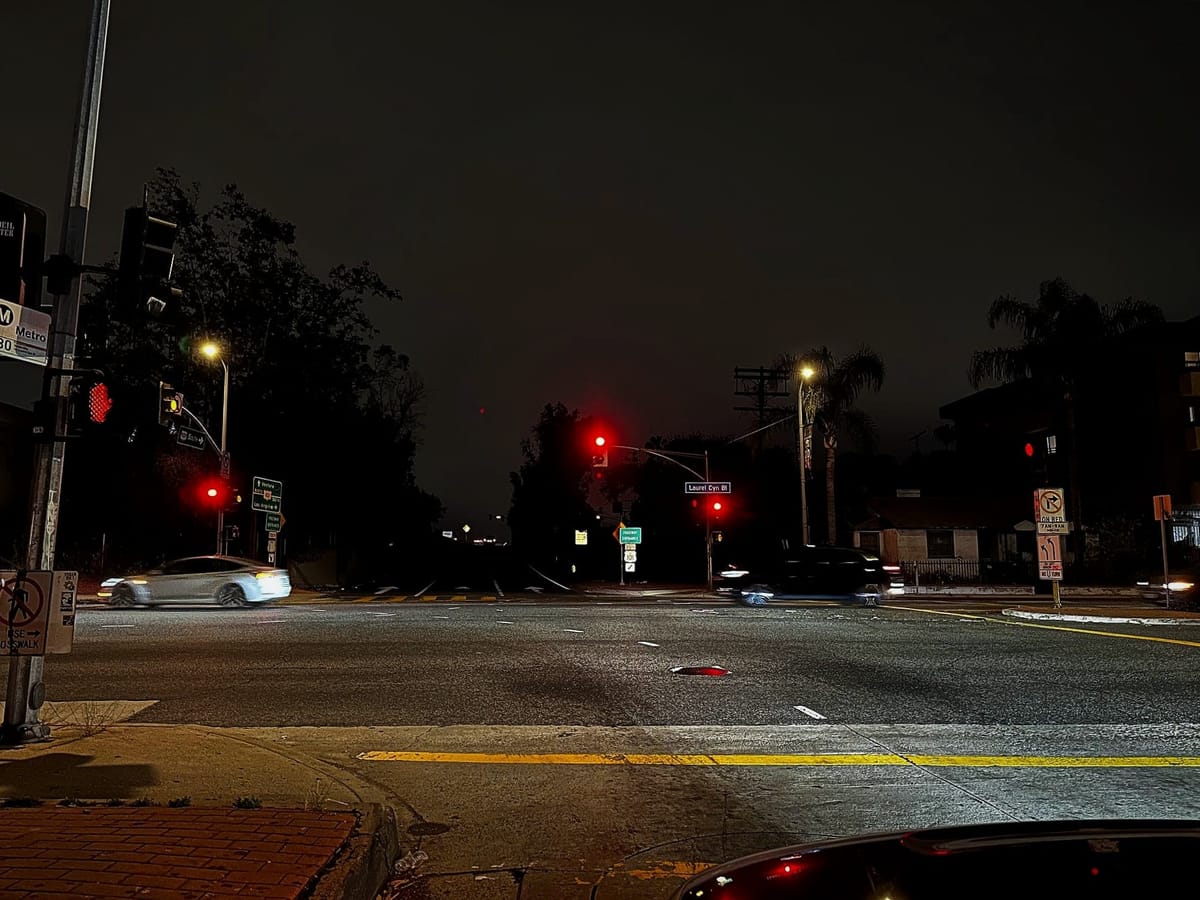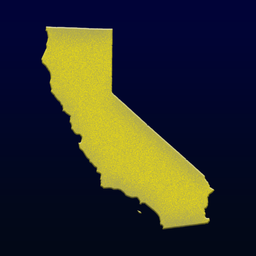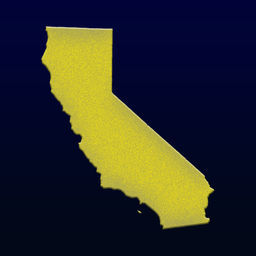How to use California's Alcohol To-Go Notification Tool: Complete guide for businesses (2025)
We break down how to use California's Alcohol To-Go Notification Tool, including eligibility, requirements, container rules, and mandatory notification process under Senate Bill 389.
California liquor law allows eligible businesses to sell alcohol for off-premises consumption using non-manufacturer sealed containers. This guide explains step-by-step how licensees can use California's Alcohol To-Go Notification Tool and comply with the necessary regulations.
What is the Alcohol To-Go Notification Tool?
California’s Alcohol To-Go Notification Tool is an online resource provided by the California Department of Alcoholic Beverage Control (ABC). Licensees authorized under Senate Bill 389 must submit a one-time notification of their intent to sell alcohol in non-manufacturer sealed containers.
Who is Eligible to Use the Tool?
You can use the Alcohol To-Go Notification Tool if you have one of the following licenses and meet all other requirements:
- Restaurants (bona fide public eating places) with an on-sale license allowing off-sale privileges.
- Licensed beer, wine, or craft distilled spirit manufacturers who operate a restaurant (bona fide public eating place) at their premises of production.
Step-by-Step: Using the Alcohol To-Go Notification Tool
- Go to the Alcohol To-Go Notification Tool
Visit the ABC website and access the Alcohol To-Go Notification Tool. - Search for Your License
Enter your ABC license number. If you operate multiple licenses, you must submit a separate notification for each license. - Verify Eligibility
The tool automatically checks if your license type is eligible. Once verified, you may continue. - Submit Your Notice of Intent
Complete the required fields and submit your notice. After submission, you'll receive an automated confirmation. - Begin Selling Alcohol To-Go
After submitting your notice and posting the required warning sign, you can immediately begin selling non-manufacturer sealed alcoholic beverages.
Mandatory Conditions and Requirements
Licensees selling alcoholic beverages in non-manufacturer sealed containers must meet these conditions:
- In-person pickup: Customers must order and pick up drinks directly from your premises (no delivery permitted).
- ID verification: Customers must present a valid ID to verify age and confirm they placed the order.
- Packaging rules: Alcohol must be in secure, sealed containers designed to prevent immediate consumption without breaking the seal.
- Container sizes:
- Wine: Single-serve containers (6.3–12 ounces or 187–355 ml).
- Cocktails: Maximum of 4.5 ounces of distilled spirits per drink.
- Meal requirement: A bona fide meal is required for the sale of alcohol to-go. Each meal purchase is limited to two non-manufacturer sealed alcoholic beverages.
- Labeling: Containers must be clearly labeled as containing alcohol.
- Warning sign: Display a specific notice warning about open container laws.
Required Warning Sign
Licensees must post this sign visibly onsite, online, or anywhere consumers order alcohol to-go:
“Alcoholic beverages that are packaged by this establishment are open containers and shall not be transported in a motor vehicle except in the vehicle’s trunk or, if there is no trunk, the containers shall be kept in some other area of the vehicle that is not normally occupied by the driver or passengers. This does not include a utility compartment or glove compartment (see Vehicle Code Section 23225). Additionally, these beverages shall not be consumed in public or in any other area where open containers are prohibited by law.”
Prohibited Practices
- Delivery Prohibited: Neither licensees nor third-party services may deliver non-manufacturer sealed alcoholic beverages to customers.
- Open Container Restrictions: Once opened, alcoholic beverages cannot leave the licensed premises.
- Operating Conditions: If your license has restrictions, you may not participate until you modify conditions through ABC.
What to Do if You Have License Restrictions?
If your license conditions prevent alcohol-to-go sales:
- File a Condition Modification Request using ABC form ABC-244.
- Contact your local ABC district office for assistance.
Enforcement and Compliance
ABC may impose conditions restricting alcohol-to-go privileges. If conditions are imposed:
- You have 10 days to petition against new conditions.
- If missed, you must wait one year before re-petitioning.
- You must prove the condition is unreasonable or lacks sufficient cause to have it removed or modified.
Final Checklist for Alcohol To-Go Sales:
- Submit intent through the Alcohol To-Go Notification Tool.
- Post the mandatory warning sign.
- Ensure all packaging complies with guidelines.
- Verify all sales accompany a bona fide meal.
- Limit each meal to two non-manufacturer sealed alcoholic beverages.
- Display clear labeling on each container.
- Comply with local ABC license conditions.
Conclusion
Using California's Alcohol To-Go Notification Tool is straightforward when you follow the guidelines outlined in this guide. By ensuring compliance with all packaging, labeling, and sales conditions, licensees can confidently offer convenient alcohol-to-go options to customers. Always stay informed about local regulations, maintain clear communication with ABC, and keep your customers well-informed to guarantee smooth operations and ongoing compliance.
Related Articles










